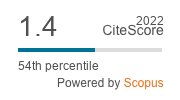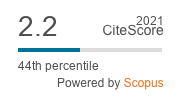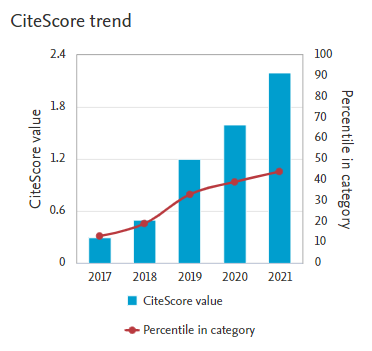Experimental Evaluation of Photovoltaic Water Heater System under Wasit-Iraq Climate Conditions
DOI:
https://doi.org/10.37934/arfmts.119.2.185203Keywords:
Photovoltaic applications, solar water heater, stand alone, experimental assessment, DC heating element, DPVWHAbstract
Over the past ten years, Iraq's population growth has resulted in a significant rise in energy consumption. Households can save money and the environment by utilizing less energy received from the grid and more renewable energy. One of the solar photovoltaic energy applications is solar heating water by converting solar energy to thermal energy by relying only on the heating element with direct current as an electrical load connected directly to the photovoltaic panels. It works without using: other heating elements operating with alternating current, an additional electric heater (dependent on the grid that is used to compensate for the shortage in the event of an additional need for hot water), and control units. That is for easy application, reduced losses in energy conversion and make it cheaper. In this research, a photovoltaic solar energy system with a capacity of (2160) W with (1500) a DC heater element was built. To heat water in a tank with a capacity of 120 liters, the performance of a Direct-coupled Photovoltaic Water Heater (DPVWH) was evaluated on December cold days for solar radiation rates at site coordinates (32°.514 N - 45°.819 E) in Wasit –Iraq. It has been recorded the highest values of the water temperature inside the tank, power solar radiation, and power generated, on 8/Dec./2023 without consuming water were 103 °C, 5989 watts, and 1170 watts, respectively. On 15/Dec./2023 consuming water equaled 202.01 liters at a flow rate of 2 L/m, the highest values of the water temperature inside the tank, power solar radiation, and power generated were 56.25 ˚C, 5135 watts, and 1259 watts. The system has been compared with another similar system and with STWH system, it was found that the photovoltaic system can be adopted as a direct source of water heating for domestic and other applications in the summer season, so the system can be invested all year round, unlike STWH systems that are limited to use only in winter.
Downloads

























